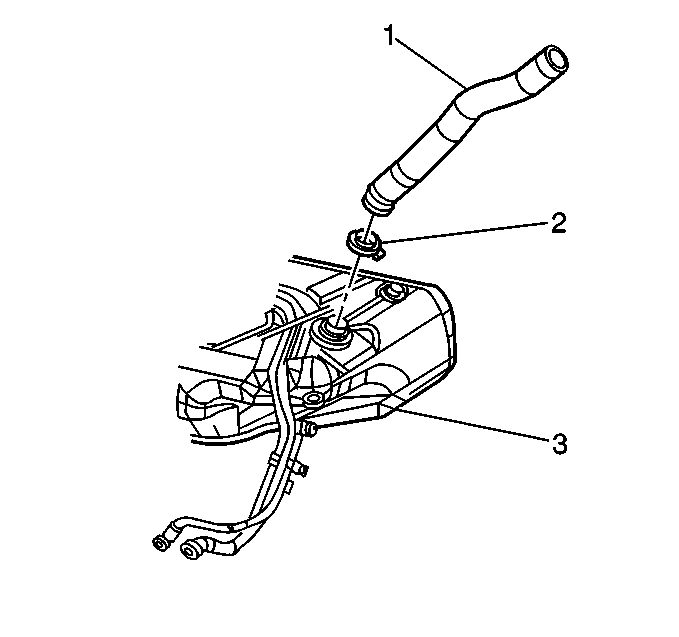The function of the fuel sender strainer is filter
contaminants and to wick fuel.
The life of the fuel sender strainer is generally considered to be that
of the fuel sender. The fuel sender strainer is self-cleaning and normally
requires no maintenance. Fuel stoppage at this point indicates that the
fuel tank contains an abnormal amount of sediment or water, in which
case the tank should be thoroughly cleaned. Refer to
Fuel System Cleaning
. If the fuel sender strainer is plugged,
replace it with a new one.
The Fuel Sender Assembly
consists of the float, the wire float arm, and the ceramic resistor card.
The fuel level sensor is mounted on the modular fuel sender assembly and
located in series with the voltage supply circuit from the PCM. As the position
of the float varies with the fuel level, the ceramic resistor card produces
variable resistance between the PCM and ground. The PCM uses the variable
resistance to calculate the expected vapor pressures within the fuel system.
The vapor pressure is critical in determining if the Evaporative Emission
System is operating properly. The PCM also uses the variable resistance to
indicate actual fuel level for the fuel level gauge. The fuel level gauge
is controlled by the IP Cluster. The IP cluster receives fuel level information
from the PCM through the Class 2 communication circuit.


